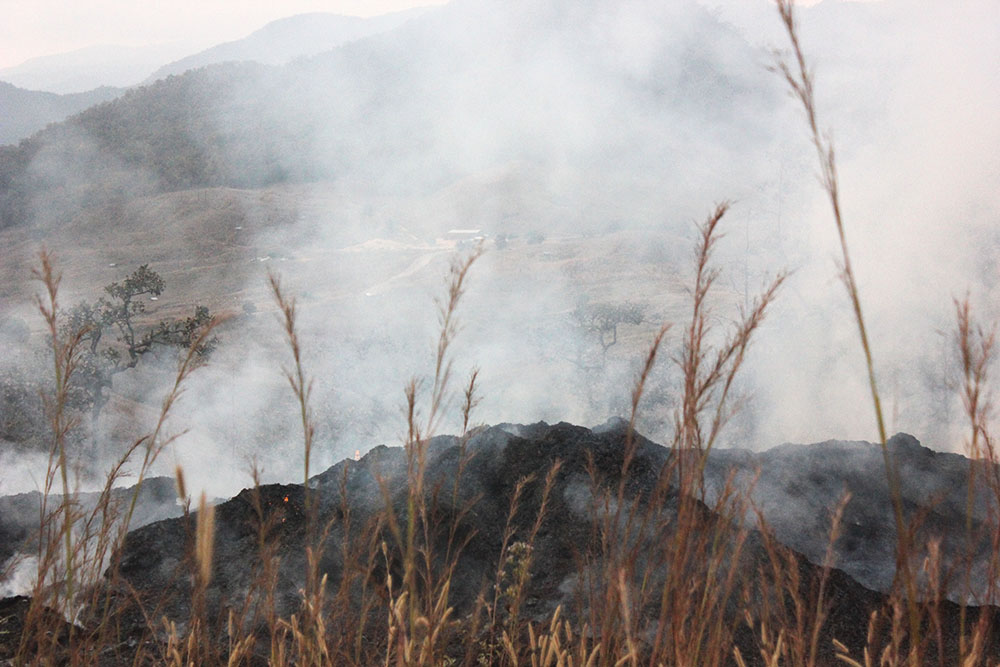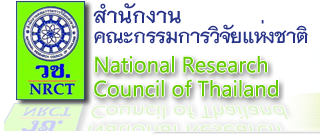Project:
Development of healthy community from mitigation of smog pollution:
A pilot study in Mae Chaem District, Chiang Mai Province (SMOG)
Project Leader: Tippawan Prapamontol
Co-research
Chaicharn Pothirat Faculty of Medicine, CMU
Paisit Panitchkul Faculty of Law, CMU
Suchart Kiatwattanacharoen Faculty of Associated Medical Sciences, CMU
Prakasit Mahasing Research institute for health science, CMU
Tanyaporn Kerdnoi Research institute for health science, CMU
Surat Hongsibsong Research institute for health science, CMU
Research Location: Mae Chaem district, Chiang Mai province
Supporting research: Chiang Mai University
Research design: Pilot study
Research Objectives:
To develop community health by reducing smog pollution in Mae Chaem district. A pilot study in which it was reported that the number of hotspots is high, indicated that there was a lot of burning over open areas, which is a source of severe smog over a large area. This pilot study will be piloted in one village in Mae Chaem district.
Subjects: Chronic obstructive pulmonary disease patients who were treated at Mae Chaem
hospital that pass the criteria of 50 patients
Start of project: 1 May 2014
End of project: 31 May 2016
Principles:
Since it was found that there was air pollution in all Northern provinces in March 2007, there has still been air pollution every year since. The air pollution levels are more or less dependent on the occurrence of rain and the control over the burning of the pollutants that cause smog. Air pollution in the North affects the health of the local population and the economy in Chiang Mai, and is a major cause of PM10 in the air in Chiang Mai, levels that exceeded standards in February and March.
Smog pollution studies several years ago found that hospitals in areas with high air pollution had more related cases, especially patients with chronic respiratory disease relapses. The need to get the spray to the emergency room and the number of cases that needed to be admitted to the hospital were higher than hospitals in areas with lower air pollution levels. However, there was no study into environmental factors that are an important aspect of pollution haze in the research area, studies which can help to raise awareness in the community to refrain from burning in the open areas. There was also no study into community health changes resulting from reducing the burning of the community.
In early 2012, the study of PM10 in Mae Cheam district found that the maximum value of PM10 was exceeded, finding that over an average of 24 hours in February and March during parades the values were 192 and 263 micrograms per cubic meter (limit of 120 micrograms per cubic meter), respectively. In addition, poly cyclic aromatic hydrocarbon substances, or PAHs, were also found, a group of substances that are potent carcinogens. The public in the area therefore has an increased risk of cancer during their life (Incremental Lifetime Cancer Risk, ILCR). This was an increase of 1.5 – 1.6 times compared to the rainy season, with no haze present. (Prapamontol et al., 2014).
Therefore, the research conducted to gain insight into the health effects of burning in the open area, both in rural and forests areas, aims to provide the community with the development of community health, leading to a community that is healthy physically as well as intellectually and psychologically, along with a healthier social environment. This will result in a reduced risk of cancer, respiratory diseases, allergies and other diseases in the future.






